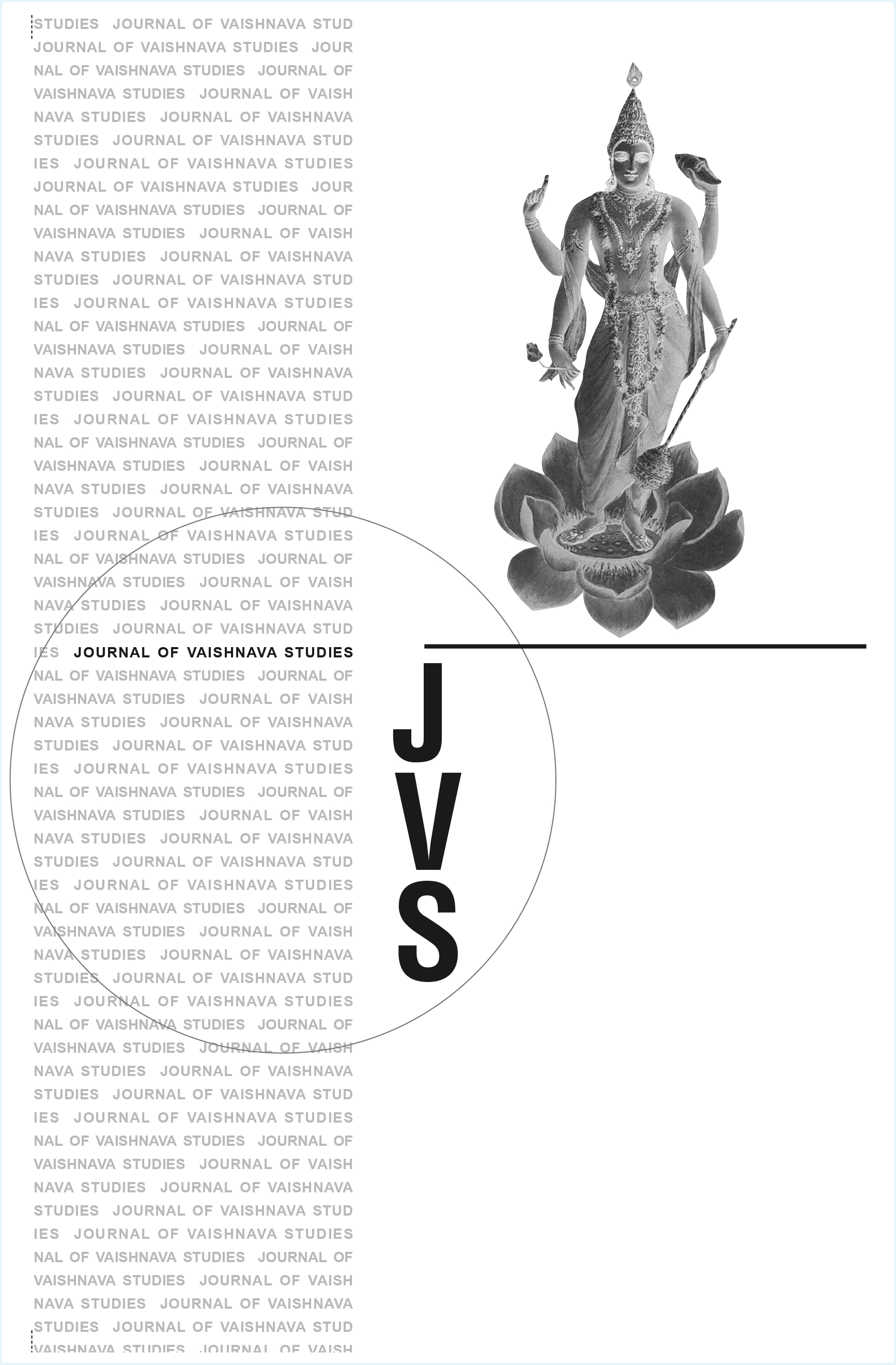The Bhagavad-gita and Reified Hinduism
Keywords:
Bhagavad Gita, Reified Hinduism, Wilfred Cantwell Smith, Ism category, Modern Indian religious thinkers, Nationalism, Gandhi, Radhakrishnan, Vivekananda, Aurobindo, Tilak, Bhave, Ramakrishna Vedanta Society, Normative interpretations, Historical document, Purusharthas (Purusārthas), Dharma, Artha, Kama, Moksha, Indian identity, Western interpreters, Mahabharata, Caste, Renunciation, ActionsAbstract
In this article, Robert N. Minor interrogates the formation of “Hinduism” as a reified, unified religious category, with particular focus on how the Bhagavad Gita has been positioned at the heart of this construct. Drawing from Wilfred Cantwell Smith’s critique of the “-ism” framework—which argues that categories like “Hinduism” do not reflect the lived religious experiences of adherents—Minor contends that key figures in modern Indian thought, including Gandhi, Radhakrishnan, Vivekananda, Aurobindo, Tilak, Bhave, and the Ramakrishna Vedanta Society, have embraced and reinforced a standardized image of Hinduism. This reification served both nationalist and religious objectives, especially as a response to colonial and Western academic interpretations.Though the Bhagavad Gita, added to the Mahabharata around 150 B.C.E., may have had minimal appeal in its early history, it has since been elevated as a central, even definitive, scripture in this modern vision of Hinduism. Minor examines how this transformation involved imposing normative meanings on the Gita that often diverge from its historical and textual complexities. He particularly scrutinizes the portrayal of the four purusharthas (Dharma, Artha, Kama, Moksha) as uniformly and harmoniously present in the Gita, a view widely propagated by modern commentators such as Radhakrishnan, Diana Eck, Huston Smith, and John B. Noss. However, a closer reading of the Gita suggests tensions, exclusions, or reinterpretations of these aims, revealing the limits of using the Gita to encapsulate a unified, reified Hinduism. Minor’s analysis urges a distinction between the historical Gita and its ideological uses in modern identity formation.Published
1995-06-20
Issue
Section
Articles





